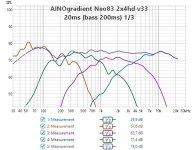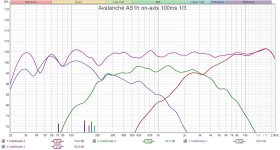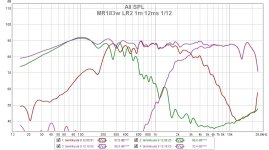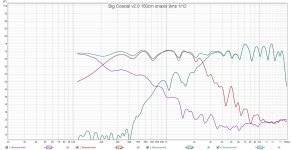Thanks Adason
I thougth about two reed paper cone from Vifa...to reach my spl needs but it is far from the two vifa that are flat till 3k, sota thd, titanium voice coil , high qms and low no number...
The ne149we is far to be flat which is making the passive filter more complex...lcr, etc..
I thougth about two reed paper cone from Vifa...to reach my spl needs but it is far from the two vifa that are flat till 3k, sota thd, titanium voice coil , high qms and low no number...
The ne149we is far to be flat which is making the passive filter more complex...lcr, etc..




